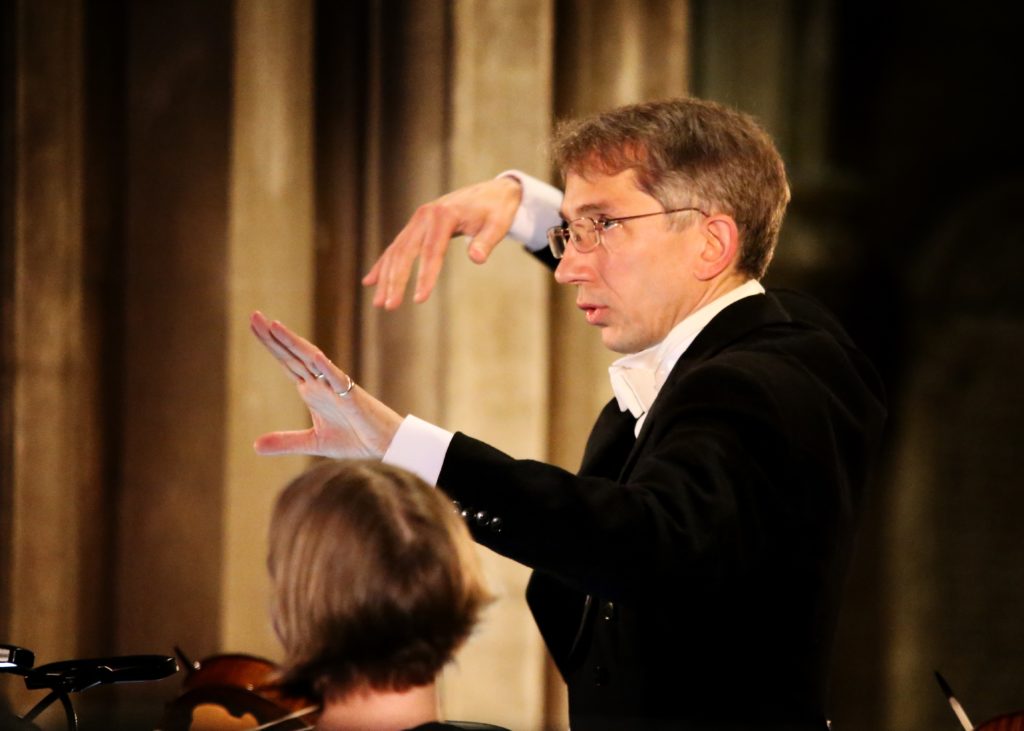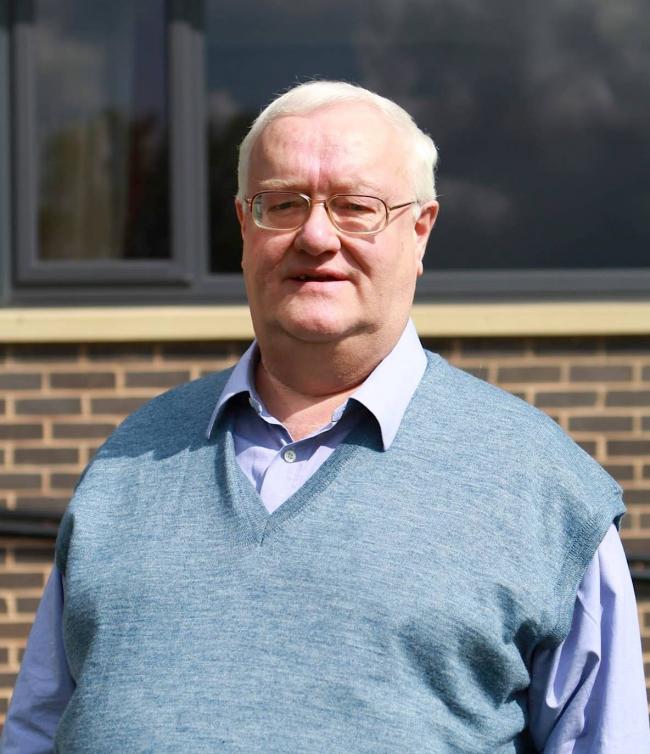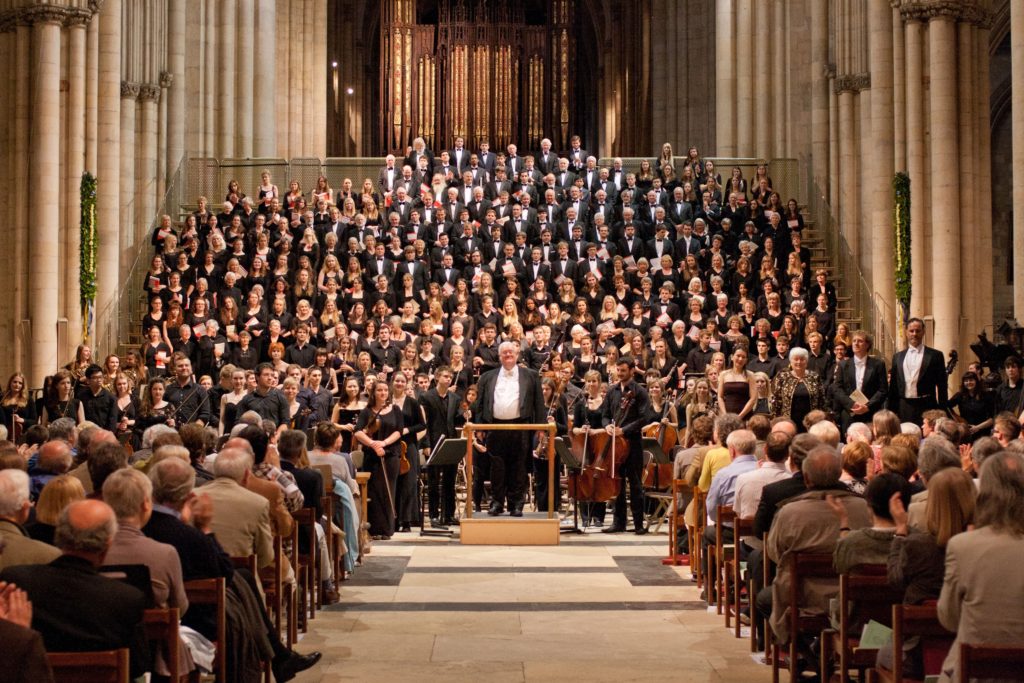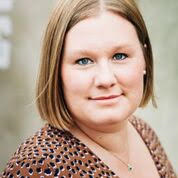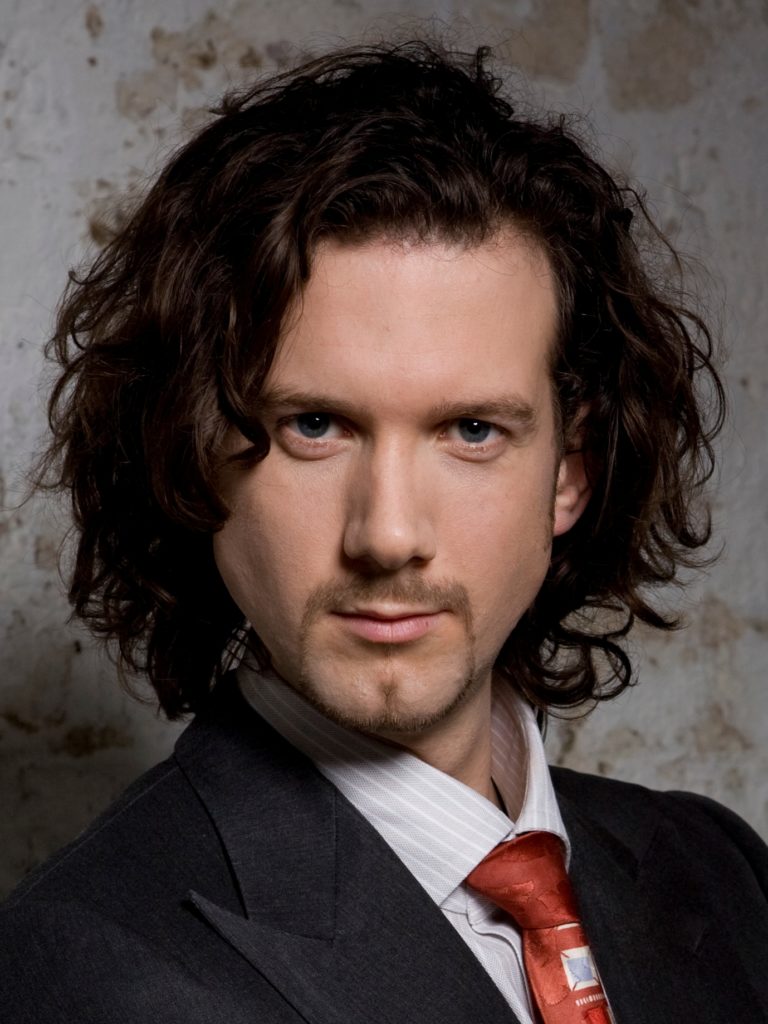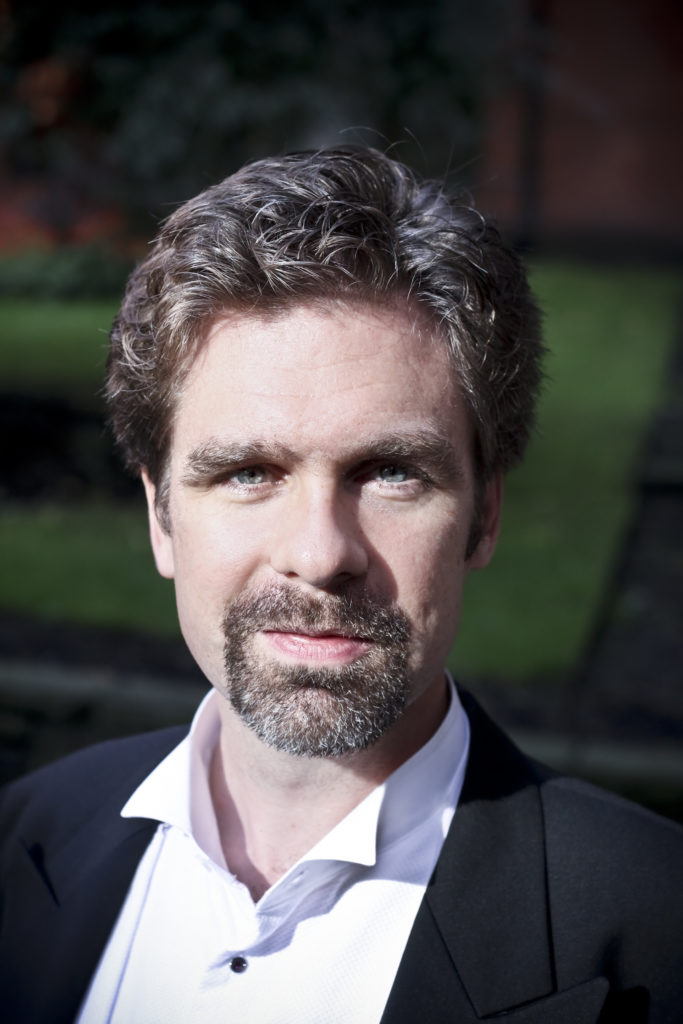
TWO Requiems, one familiar, one rarely heard, were combined for this Lenten concert which, despite the biting cold both inside and out, attracted a considerable audience.
This was the ninth time that York Musical Society had given Fauré’s Requiem, dating back to its York premiere in 1949. By contrast, Michael Haydn’s Requiem in C minor had never been heard here before.
Haydn was a prolific composer, but never quite emerged from the shadow of Joseph, his elder brother by five years. His style was more conservative and thus also more predictable, rarely straying far from convention.
He was a good craftsman, however, and everything in his Requiem, written in December 1771 after the death of Archbishop Sigismund Schrattenbach – and in the wake of his infant daughter’s death – is neatly tailored and politely ordered. Just what the doctor ordered, in fact, for a decent funeral.
It found the choir in good voice, if at first more cautious than inspired. The Introit eerily heralded what Mozart was to produce fully two decades later. Haydn’s Dies Irae, although not as terrifying as Mozart’s, was strong, with the four soloists well led by Brittany King’s vibrant soprano; she was ably partnered by the contralto-toned mezzo of Marie Elliott.
Robert Anthony Gardiner’s tenor lacked heft in the latter stages of the Dies Irae, but he negotiated the opening of the Offertorium smoothly. Felix Kemp’s baritone offered a firm underpinning to the solo quartet, which was at its best in the Benedictus.
The choir really warmed to their task in the fugal passages at the end of the Offertorium, and although the Agnus Dei moves at a stately plod, it had a certain majesty here. The orchestra, with four seemingly omnipresent trumpets in fine voice, responded keenly to David Pipe’s authoritative beat, despite a bass line that barely pauses for breath.
Fauré’s justifiably well-loved Requiem was on a different plane. Faces were out of copies and engagement throughout the choir ranks was total. As a result, we had a lively Sanctus, much enhanced by the harp of Georgina Wells. We needed a touch more bite from the tenor line in the Agnus Dei, but there was plenty of fire in all voices for the ‘Dies illa, dies irae’ section of the Libera Me. The sopranos were truly angelic for the In Paradisum.
The two soloists were first-class. Felix Kemp found excellent legato for the ‘Hostias’ section of the Offertory and forthright resonance for the start of the Libera Me. Brittany King adopted a much straighter tone for the Pie Jesu and sustained it beautifully, making it sound much easier than it really is.
The violas, mellow and dusky, really came into their own in the orchestra – which only lacked flutes – and Pipe’s baton cajoled the choir as needed. Alhough he is now based in Leeds, we must hope that he maintains this valuable connection with York.
Review by Martin Dreyer

